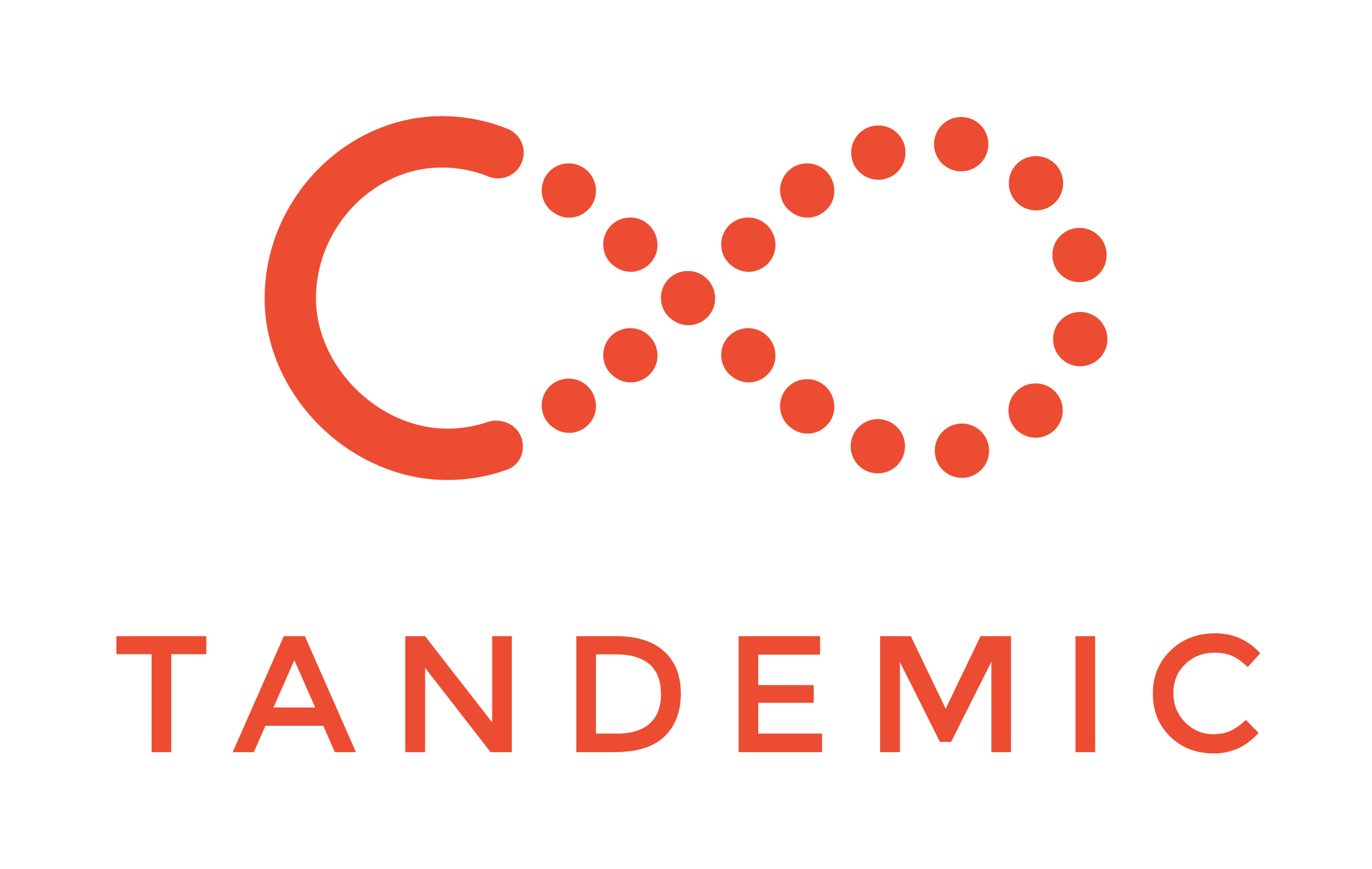By Kal Joffres
The long-term sustainability of a social enterprise ecosystem depends on pivotal decisions funders in the ecosystem make about intermediaries. In many countries we’ve visited across Southeast Asia, government agencies and donors unintentionally undermine intermediaries in ways that produce quick results but harm the long-term viability and sustainability of the social enterprise ecosystem. However, a few key strategies around intermediaries can help ensure the long-term viability of an ecosystem.
In social sector speak, an intermediary is an organisation whose main role is to support the development of other social organisations. That can mean organisations that provide training for social enterprises, investment brokers, and platforms between social enterprises and corporations.
Non-government intermediaries are the backbone of any healthy social enterprise ecosystem. While government agencies can play an important role in kickstarting the development of a social enterprise ecosystem by strategically investing in organisations, a critical part of engaging productively with the ecosystem is recognising that every government policy for social enterprise growth will end at some point. Support for the social enterprise sector can only become sustainable if it is carried on through organisations outside of government.
As a government agency or a funder, your strategy around procuring training, consulting, and other services that intermediaries might provide in your ecosystem plays a crucial role in determining the long-term sustainability of the local ecosystem. A strategy for building intermediary organisations should be part of any effort to build a social enterprise ecosystem — but engaging intermediaries isn’t necessarily obvious or easy.
We recommend considering four steps in building a strategy for intermediaries in your social enterprise ecosystem.
1. Map the intermediaries necessary for your ecosystem and identify gaps
This is really about going to the ground and speaking with entrepreneurs about their needs. At first, everyone will tell you they need money. Dig deeper to find out what social entrepreneurs might find useful for the growth of their organisations besides money.
At a minimum, you’ll want to have intermediaries in your ecosystem that do training and development for social entrepreneurs (including but not necessarily just accelerators), that run community events (to build public interest), and that represent the voice of social enterprises in policy discussions (advocacy). As the social enterprise ecosystem matures, a greater variety of intermediaries can develop. These might include intermediaries that provide focus on investment readiness for social enterprises, that provide specialised shared services, or that bring together angel investors.
2. Assess existing intermediaries for commitment
Some intermediaries have a long-term commitment to the ecosystem while others are opportunistic. There’s no point in building up intermediaries that are there only as long as it’s a good commercial opportunity. Focus on intermediaries — and particularly the individuals behind them — that have demonstrated a long-term commitment to the ecosystem, that are willing to commit their own resources to building the ecosystem, and are willing to run programmes at cost.
That’s not to say that running programmes at cost is a good idea — it makes intermediaries financially unstable and vulnerable. The key is to determine the willingness to do so. Profits are essential for intermediaries to retain talent and to sustain themselves during “dry” periods.
In Malaysia, a period of initial excitement about social enterprise in 2012-13 saw the creation of a number of new intermediaries. When government contracts weren’t forthcoming, many of these intermediaries closed their doors or exited the ecosystem.
3. Partner with and grow selected intermediaries — don’t duplicate their work
It’s very unlikely that you are entirely happy with the quality of intermediaries in your ecosystem. Intermediaries are usually not particularly lucrative organisations so you’ll likely find that many intermediaries are overstretched, doing a wide variety of odd jobs, and deliver mediocre work.
One Asian government agency told us of a disappointing experience they had with a training intermediary that led them to set up their own training intermediary. That’s a quick fix — but it may ultimately be detrimental to the sustainability of their ecosystem.
Other quick fixes include bringing in international organisations or private sector organisations to serve social enterprises on a temporary or higher-than-market-rate basis. You might also decide to hire your own team internally to provide the same services. This is a quick way of destroying the intermediary ecosystem, making it impossible for the people who are most invested in helping social entrepreneurs — those intermediaries already in existence — to survive. Instead, you’ll want to carry out strategies and partnerships that grow the quality and focus of committed intermediaries.
You may also find it tempting to increasing the quality of intermediaries by increasing competition between intermediaries. This might involve pursuing strategies such as making it easy for new players to access contracts for intermediary services or intentionally spreading out your contracts across intermediaries. It’s unlikely that increasing the quantity of intermediaries at the early stages of the development of the ecosystem increases the quality because many of the basic skills are not yet available in the market. It’s far better to focus on developing intermediaries with a long-term commitment to the ecosystem by building their experience and capacity — especially if the market can’t sustain a large number intermediaries.
Finally, you may find that there are no appropriate local intermediaries to partner with — either because they are part of larger institutions (e.g. universities) or because the mindset of the individuals in them is too fixed — but we’ve rarely seen this. It’s more likely you’ll find that intermediaries don’t have the right skill sets or level of experience to do the work that they’re doing. These are fixable problems, as we’ll discuss in a moment, albeit more time consuming to fix.
One challenge, however, to focusing on growing intermediaries is that government officials are often weary of anything that might look like “playing favourites” with particular organisations. Structure the process for selecting intermediaries to partner with in the same fair and transparent way that you would structure any large procurement and you have legitimised your process for working with particular intermediaries. This is far better than not developing a close relationship with any of your intermediaries and having watered down impact on intermediary quality.
Three general approaches can be carried out separately or in combination to build intermediary capacity. Carried out on a mutli-year basis, these approaches can significantly grow intermediary capacity:
- Intermediary training and research around best practice. Send your intermediaries to training or knowledge transfer programmes with more experienced intermediaries outside the country. You might also commission research work from your intermediaries to determine best practices globally from peer intermediaries so that they gain a better understanding of what world-class work looks like in their space.
- Joint venture for stronger expertise. Enable the creation of a joint venture between a local intermediary and an international intermediary with greater expertise. A government agency might also joint venture with a local intermediary and then hire and second more experienced staff to the joint venture, staff the intermediary might not ordinarily be able to afford, for a period of time.
- Formative evaluation. Government agencies are often careful about providing critical feedback to their vendors. However, intermediaries won’t get better if they don’t hear the tough feedback they need to hear (and that feedback should be tied to procurement decisions.) If you can, commission a third party to evaluate the effectiveness of the intermediary and identify opportunities for growth on a regular (e.g. semi-annual or annual basis). Make this feedback part of a growth plan you have with partner intermediaries.
4. Build the market
A significant portion of intermediary revenue comes from government in even the most mature ecosystems, like the United Kingdom. If you are a government agency, avoid becoming a single buyer for intermediaries by using your connections with other agencies to introduce them to other potential buyers of their services. Help intermediaries understand what types of services related to their competencies other agencies are already purchasing or might purchase.
Avoid providing intermediary services for free to end users. Government agencies often commission trainings and provide them for free to the public or social entrepreneurs, for example. This effectively destroys the intermediary’s end-user market and creates the expectation amongst potential customers that training and other intermediary services ought to be free. Instead, start charging minimal rates for intermediary services and gradually bring the price up as social enterprises begin to understand how useful they are. As you do this, your agency paves a market that an intermediary can occupy once your agency has left. The Malaysian Global Innovation and Creativity Centre (MaGIC) charges for many of its technical trainings — and recovers a significant proportion of its costs in the process.
Pricing intermediary services is also a useful market feedback mechanism. If social enterprises have money but are unwilling to spend it on intermediary services, it could be a signal that those services aren’t seen as being valuable. If social enterprises don’t have money, consider creating a programme that allocates a certain amount of money per social enterprise to spend on intermediary services (e.g. through a voucher system) to create a market and see where they choose to spend it.
Getting social enterprises used to paying for intermediary services is just as critical to the sustainability of the social enterprise ecosystem as having quality intermediaries in the first place.
Every funder or government agency has an effective lifecycle. When your budget for growing the social enterprise sector gets cut or when your strategic focus eventually shifts, the work that you have done in building social enterprise intermediaries is what determines whether the ecosystem contracts or thrives.
Building intermediaries is a longer journey but ultimately the only way to create a lasting impact on your ecosystem.

